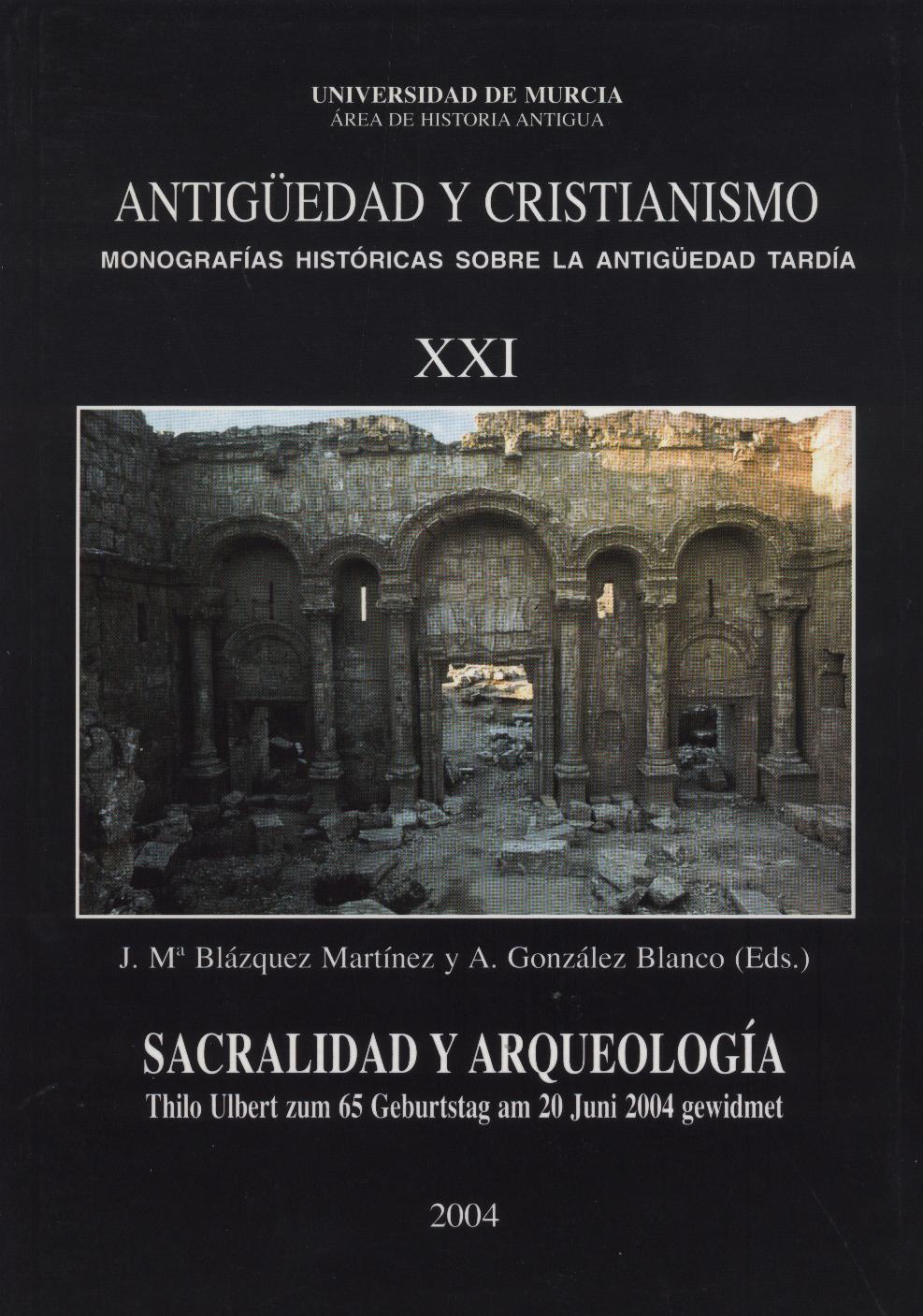Las relaciones iglesia urbana – iglesia rural en los concilios hispano-romanos y visigodos
Abstract
Christianity within the frontiers of the Roman Empire is presented as a urban phenomenon, but the city has a territory, not always easy to determine, linked religiously with the same. The decline of the city makes the country side more important also from the religious point of view. This is also evident in the abundant references to the rural churches in the Hispanic Roman and Visigothic Councils. Although the Councils are urban these reflect an intensive Christian activity in the rural ambit, where the greatest expansion takes places in the 6
th and 7 centuries.
Downloads
-
Abstract1346
-
PDF (Español (España))456
1. The authors non-exclusively assign the exploitation rights (reproduction, distribution, communication and transformation) to the magazine.
2. The works published in this magazine are subject to the Attribution-ShareAlike 4.0 International license (CC By SA 4.0). Therefore, they can be copied, used, disseminated, transmitted and publicly displayed, provided that:
i) the authorship and the original source of its publication (journal, editorial and URL of the work) are cited, thus allowing its recognition.
ii) it is allowed to remix, transform or create from the material while maintaining the same license as the original.
Note: Articles prior to 2022 incorrectly display the CC by SA license in the abstract page. They are under a CC by NC ND license as embedded in the article pdfs. Articles published in 2022 and after are under the CC by SA license.

3. Self-archiving conditions. Authors are allowed and encouraged to electronically disseminate the pre-print (version before being evaluated) and/or post-print (version evaluated and accepted for publication) versions of their works before publication, as it favors their publication. Earlier circulation and diffusion and with it a possible increase in its citation and reach among the academic community. Color RoMEO: verde.
























